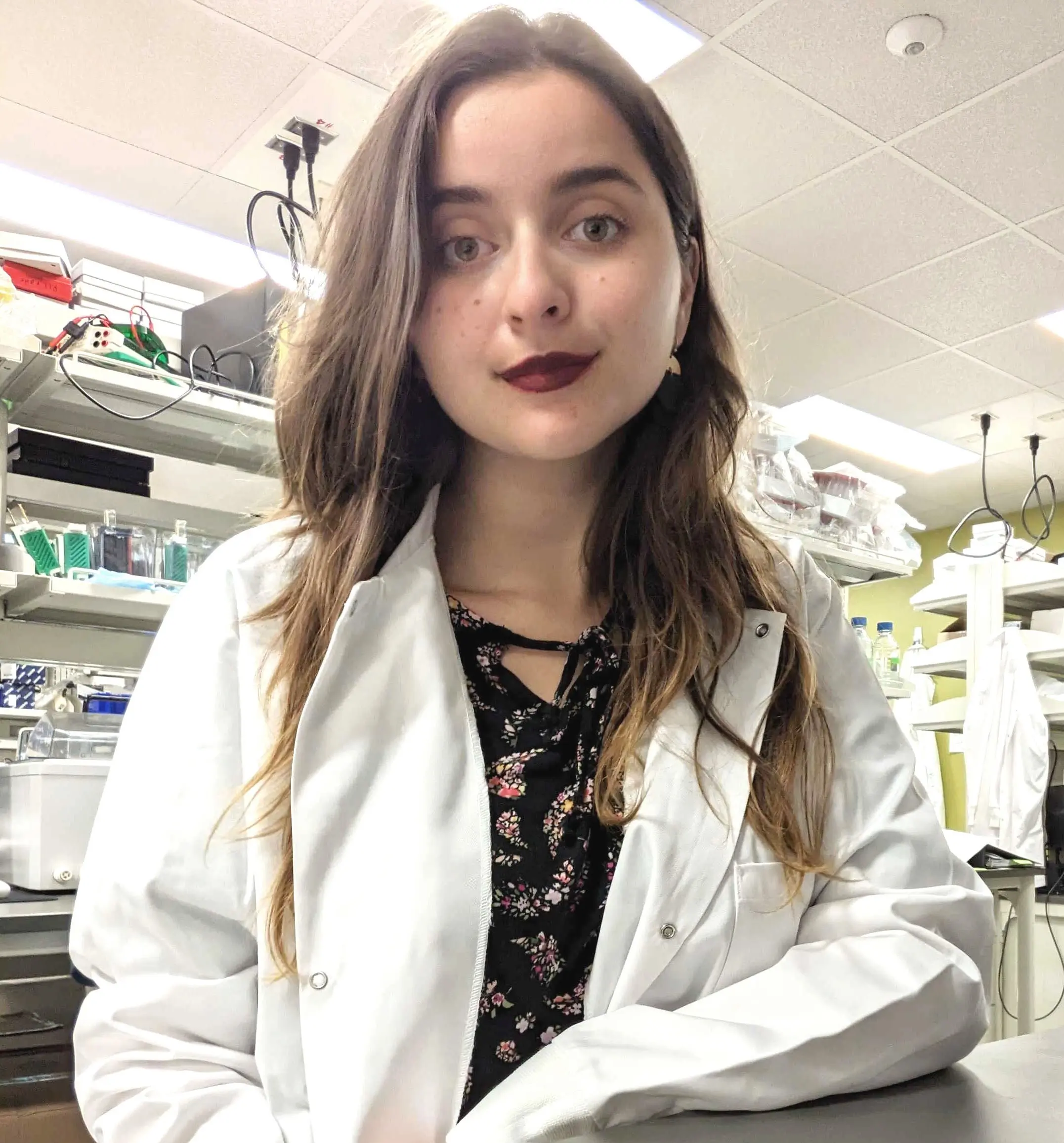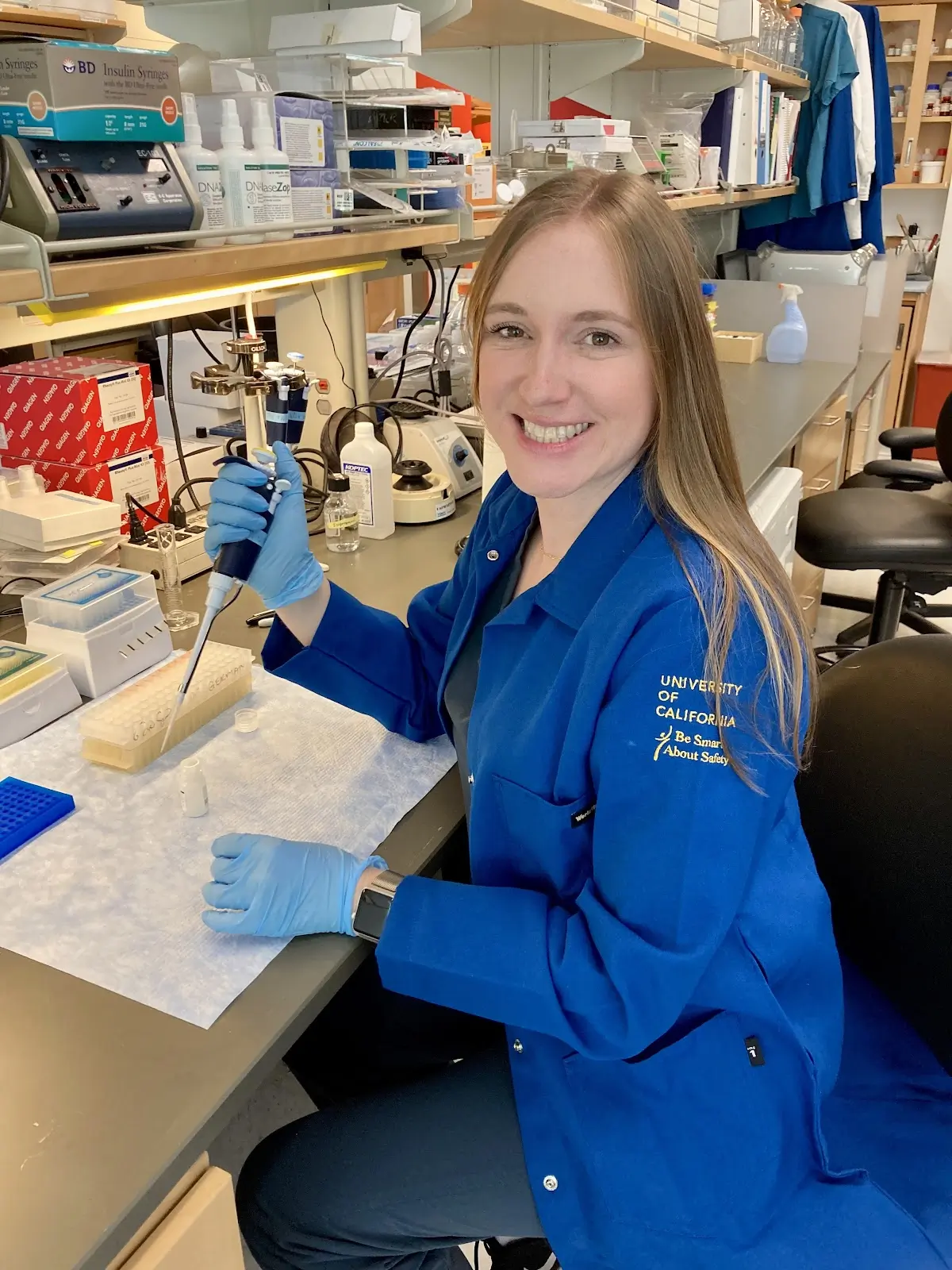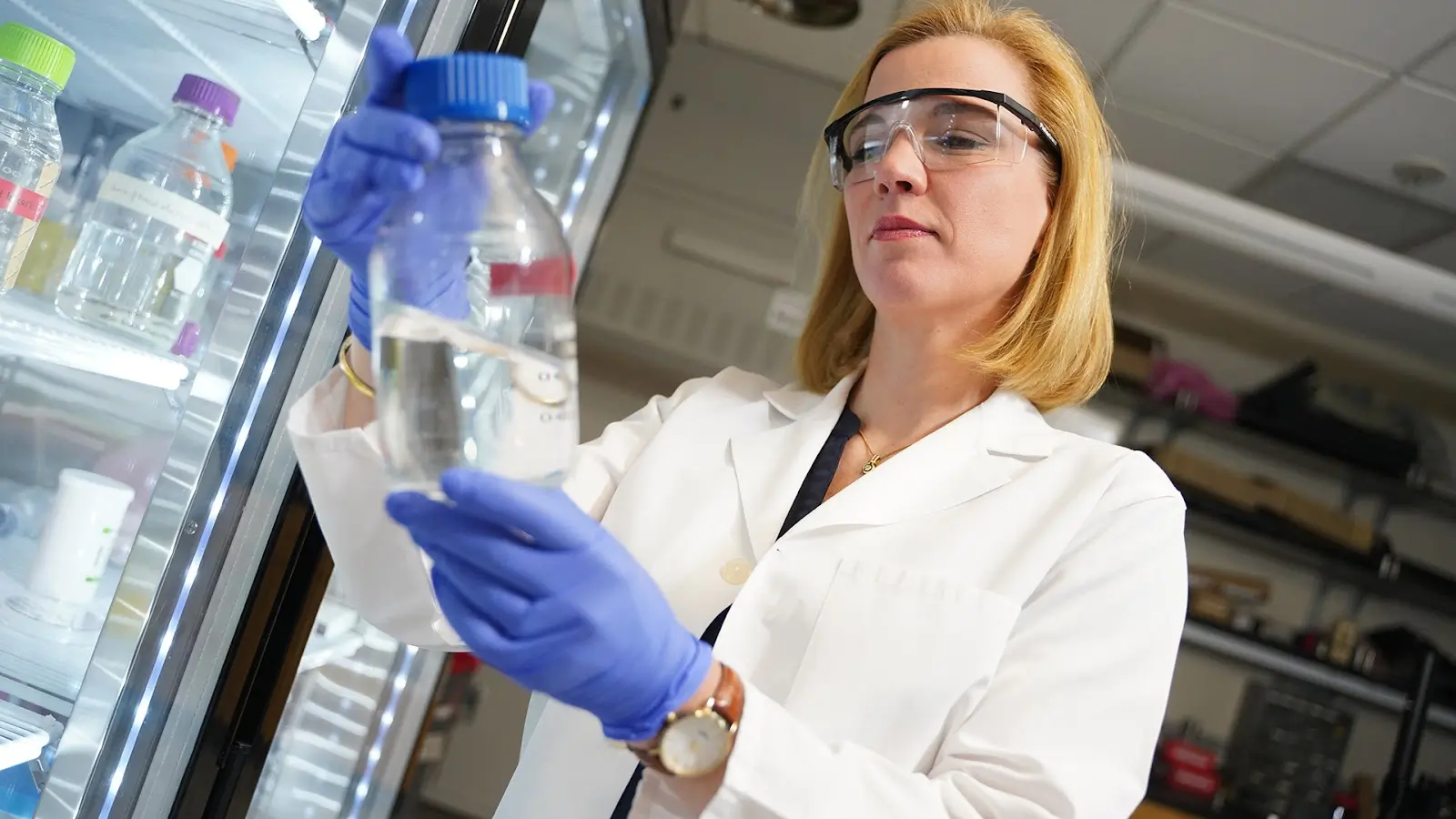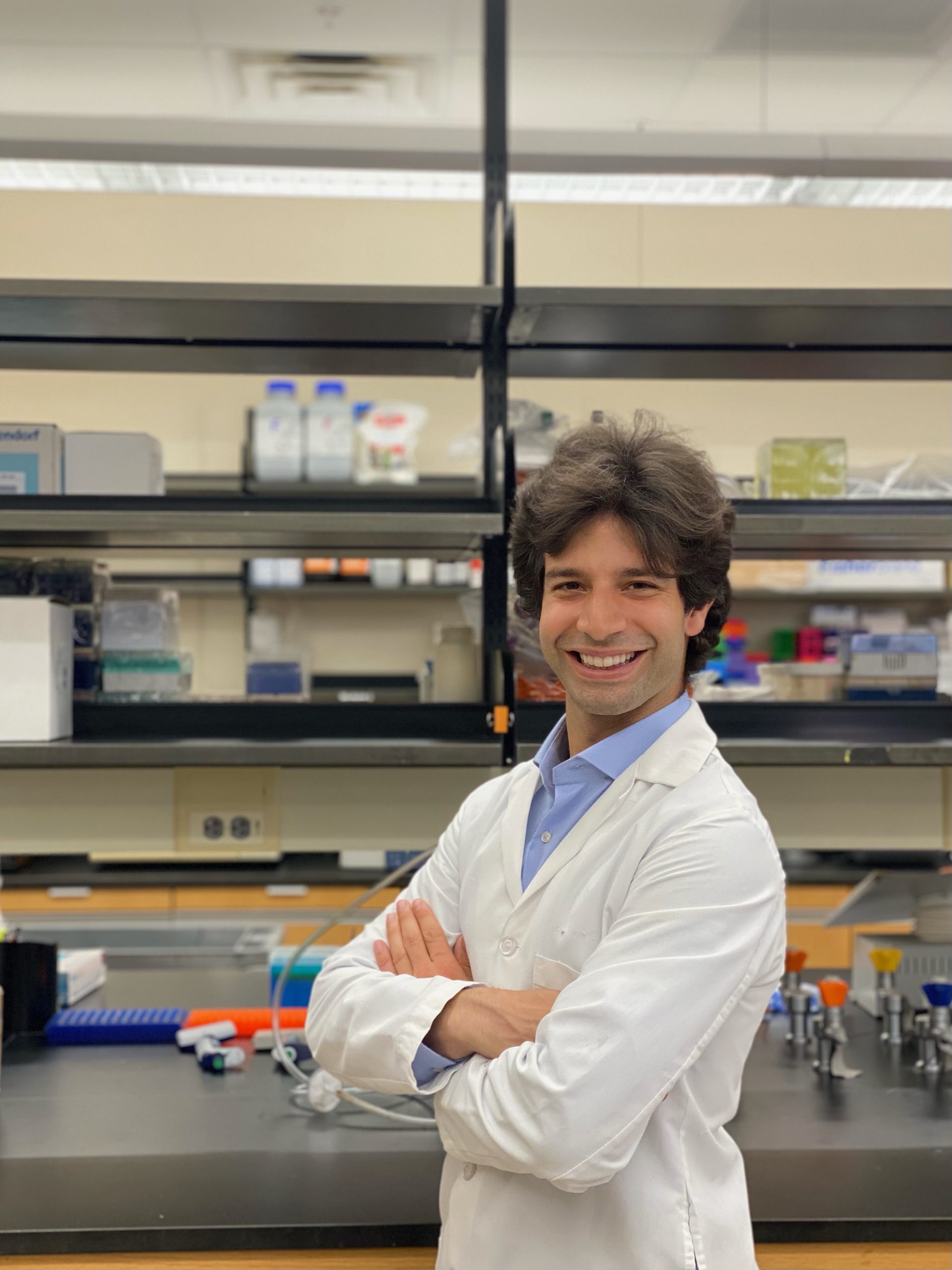Where is he now?
Since the project ended, I have started my own lab. My lab is at the University of Manitoba and part of the Children’s Hospital Research Institute of Manitoba, located in Winnipeg, Manitoba, Canada. We just recently received our first external grant funding from the Manitoba Medical Services Foundation (MMSF). During my DRC project from 2017-2018 we discovered a new form of beta-cell dysfunction in T1D, called senescence. Senescence differs from other forms of beta-cell stress in T1D, such as cell death, in that senescent beta cells are long-lived and seem to aid in the autoimmune attack on healthy beta cells. The main focus of my lab is to understand how and why different forms of beta-cell dysfunction, such as senescence, occur and to develop specific therapies to target these pathways and develop non-immune therapies for T1D. We also seek to identify biomarkers for beta-cell senescence and to understand other clinical and immunological correlates with ongoing beta cell stress responses in people. Please take a look at our website to learn more: https://www.thompsonlab.ca.
Final Project Report
Through data gathered in a DRC-sponsored research project, Peter Thompson, Ph.D., was able to secure additional funding that generated the results in this paper: Read Published Paper Here
Read Other Project Updates Here
Project Description
Type 1 diabetes (T1D) results when beta cells are destroyed and the body can no longer produce enough insulin to convert the sugar from the foods we eat into energy. A major focus of our work towards a cure for T1D is on identifying the events that occur in the beta cell on the path towards their destruction and the development of diabetes. The process that leads to destruction of beta cells is not well understood, but seems to progress steadily and predictably. In the early stages, generally only small numbers of beta cells are lost but gradually over time, more and more cells are lost. By the time a person becomes diabetic, there are very few beta cells left and therefore not enough insulin. We think that by identifying new events during the progression towards T1D we may be able to design new interventions that could prevent or even reverse the onset of diabetes.
We have recently found that a beta cell growth pathway, called the mTORC1 pathway, gets switched on in a subset of beta cells during the progression towards and the onset of T1D in mice. Intriguingly, the mTORC1 pathway is normally off in the adult beta cell but is switched on under specific conditions and may help beta cells cope with insults that affect their numbers or function. When the mTORC1 pathway is activated in beta cells, it causes them to grow in size, allowing them to make more insulin and it also can promote their progression towards cell division. Therefore,it seems that beta cells may sense that their numbers are starting to decline and attempt to compensate by turning on the mTORC1 pathway.
The aim is to help beta cells grow (increase in size) and divide (increase in number) using small molecules to stimulate the level of mTORC1 activity in the cells that have already switched it on during the onset of T1D. This could increase insulin production by the remaining beta cells and also encourage cell division to generate new beta cells. To this end we will test known small molecules targeting the mTORC1 pathway and screen to identify new mTORC1-stimulating small molecules. We will test the effects of these small molecules of these on beta cell growth and cell division in culture, in diabetic mouse models and human beta cells.
This approach is completely novel and will give us exciting insights into how beta cells may be trying to compensate for their declining numbers during the onset of T1D. Importantly, this study will show us whether we can increase the mTORC1 pathway to improve beta cell growth and division as a new therapeutic strategy. Depending on what we find, this could constitute a whole new framework for how to augment the insulin production by existing beta cells and replace lost beta cells in a diabetic person’s body. If we can identify and target the right factors in the mTORC1 pathway, we may be able to reverse the progression towards and the onset of diabetes. Ultimately, it would mean that a person with T1D would no longer need insulin injections because they could have sufficient numbers of functioning beta cells to make enough insulin on their own.







